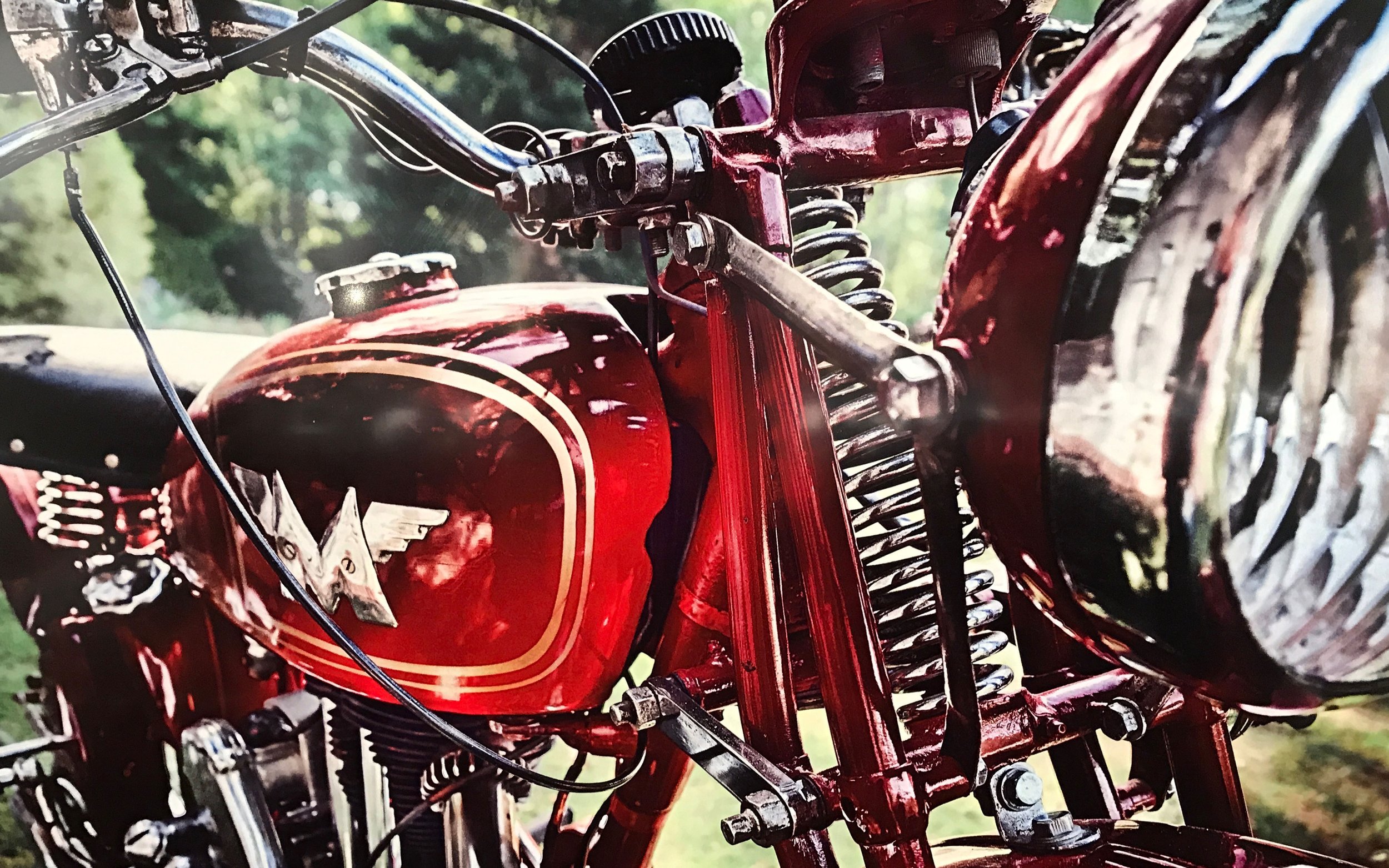
Baker Vintage Motorcycles
A collection of American, British, Japanese, and Italian motorbikes celebrating the “art of the motorcycle.”













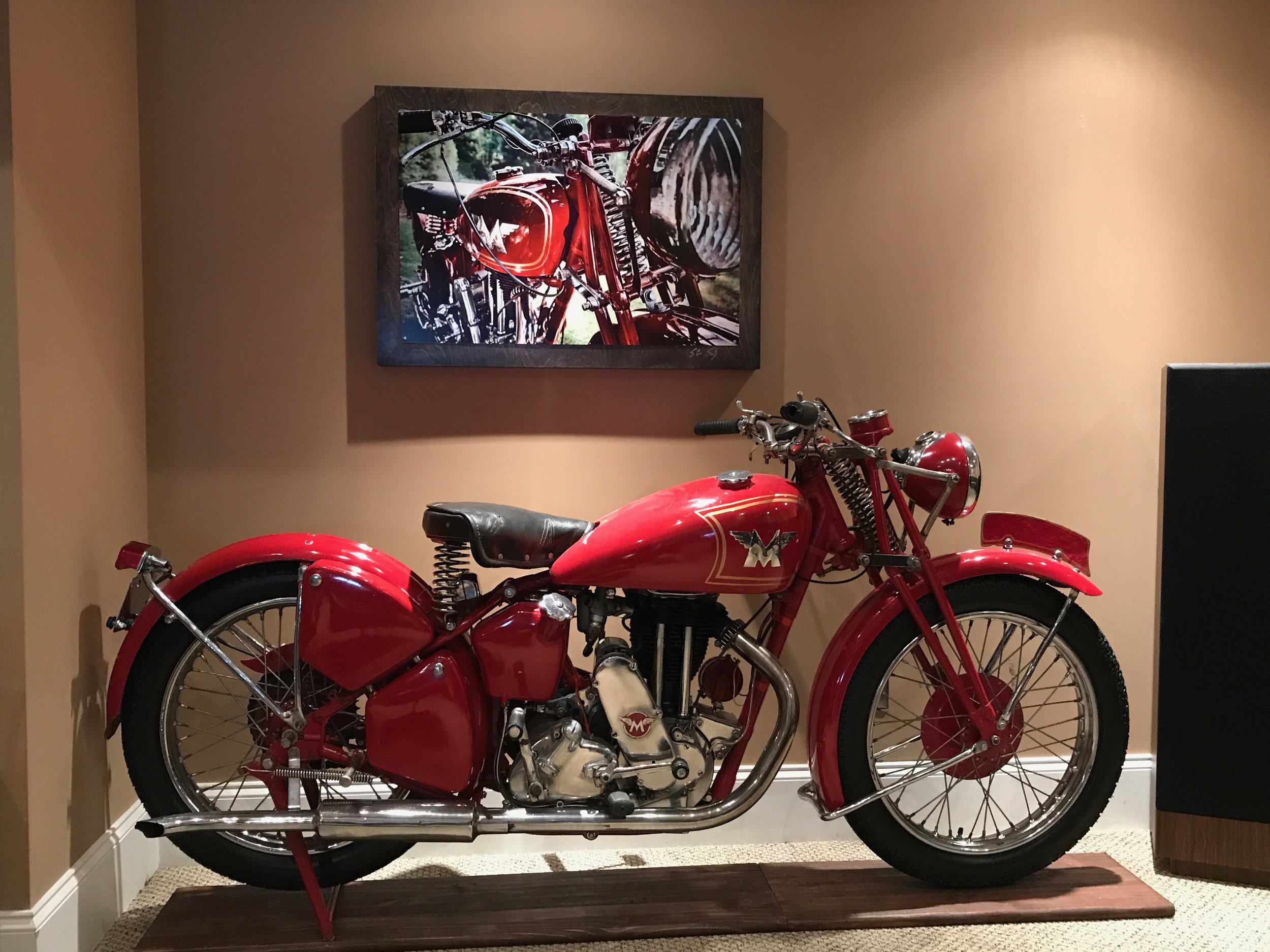

1941 Matchless
This is a British-made Matchless Clubman 350 Model G3 / L. Matchless was one of the oldest British motorcycle manufacturers and produced bikes from 1899 to 1966. In 1941, Matchless introduced the revolutionary teledraulic front suspension on the G3 / L models. This particular bike was built for the Royal British Airforce during WWII and sent to Egypt where it served out its duty. I acquired it from an ex-pat who bought it in Egypt and had it shipped back to North Carolina. My original paperwork was in Egyptian which made things interesting at the tag office.
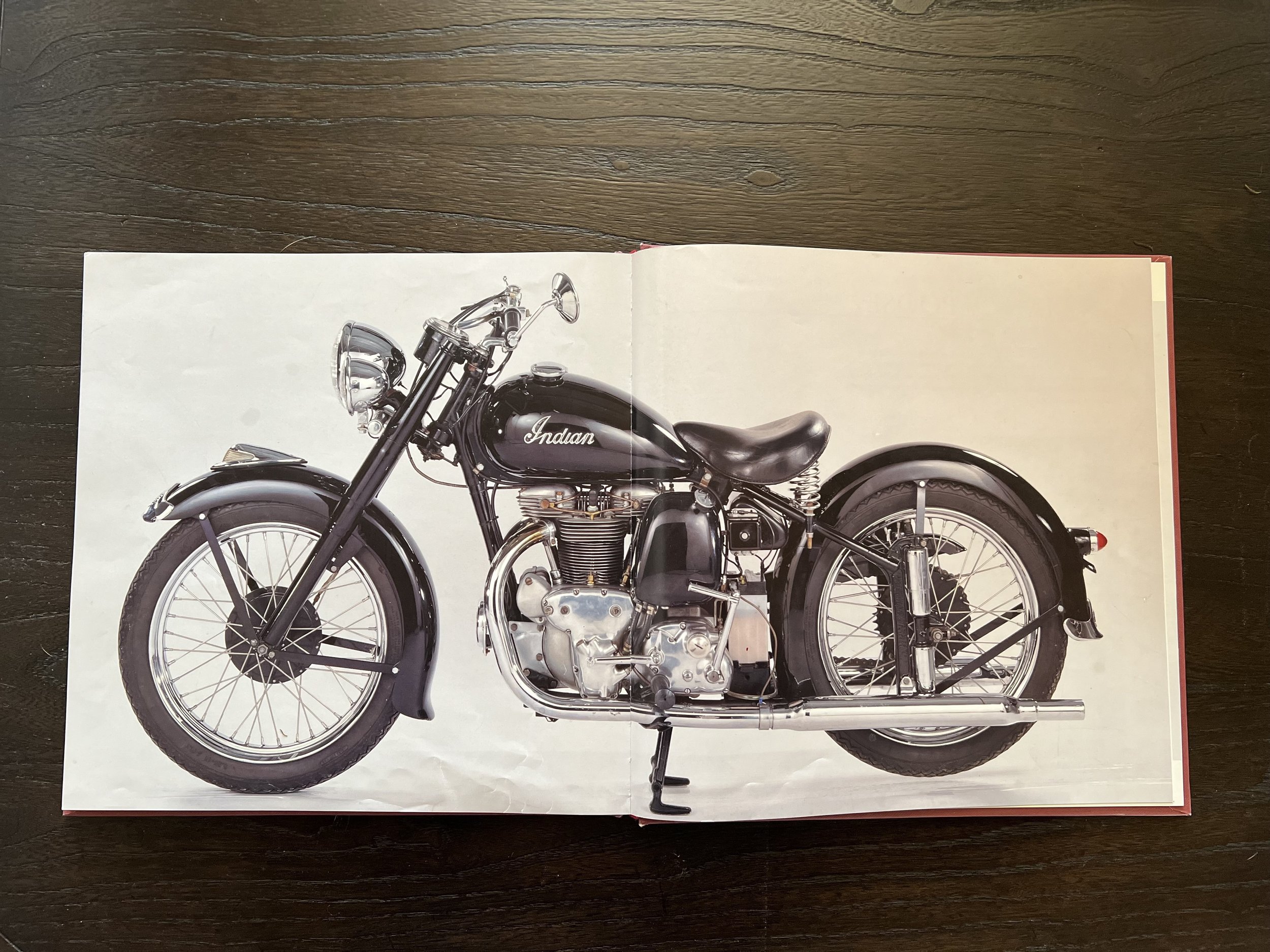





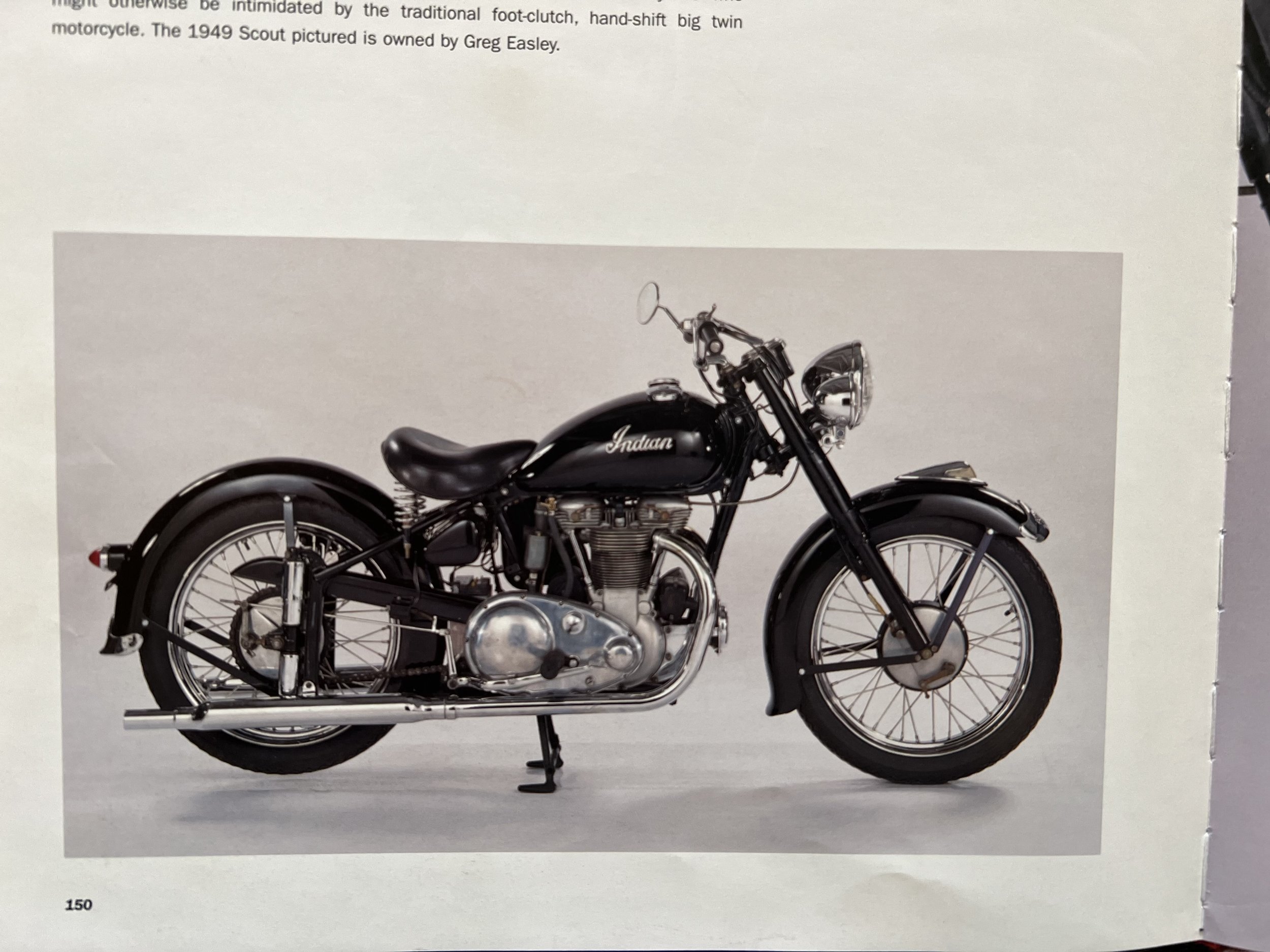
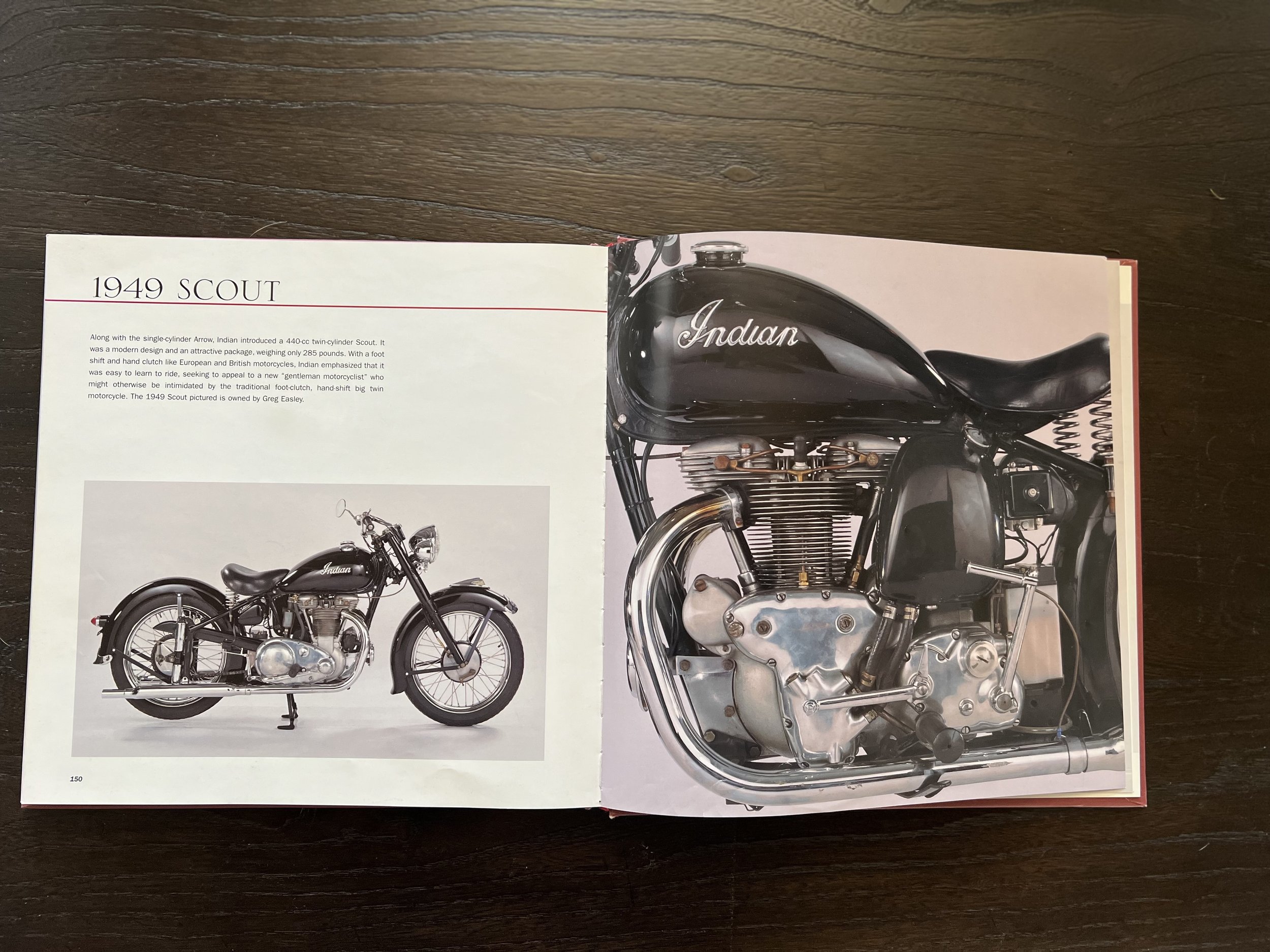
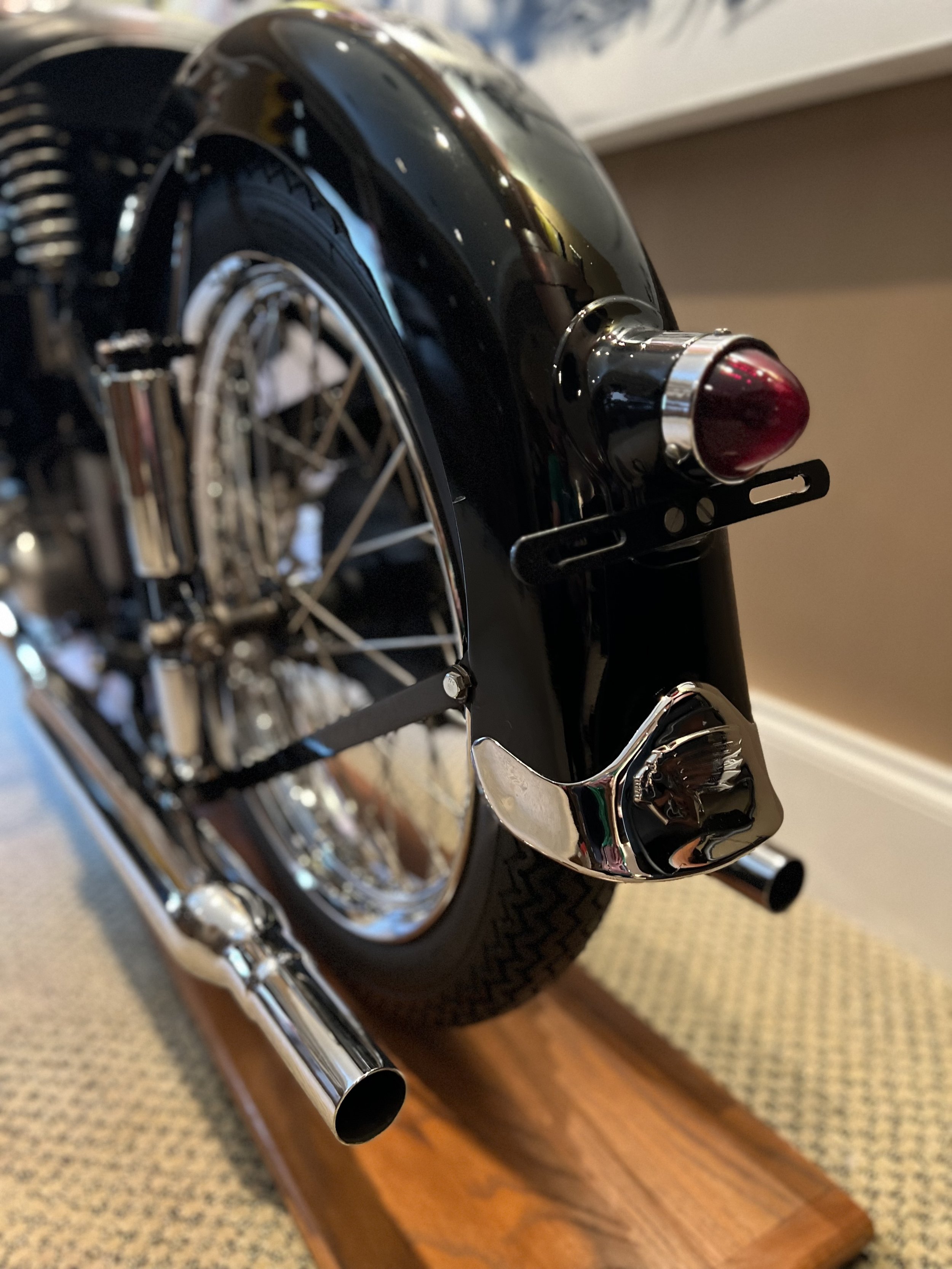
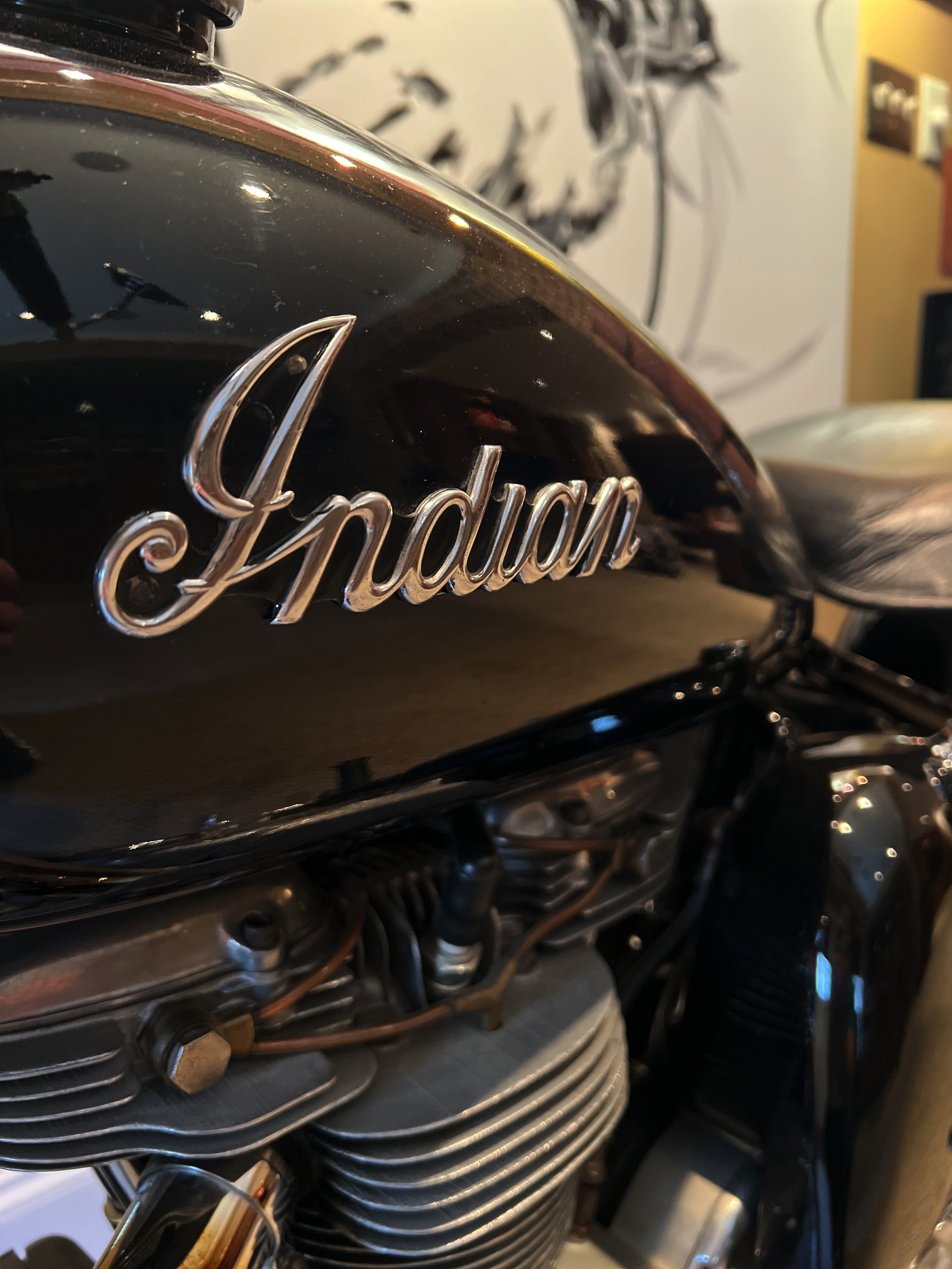
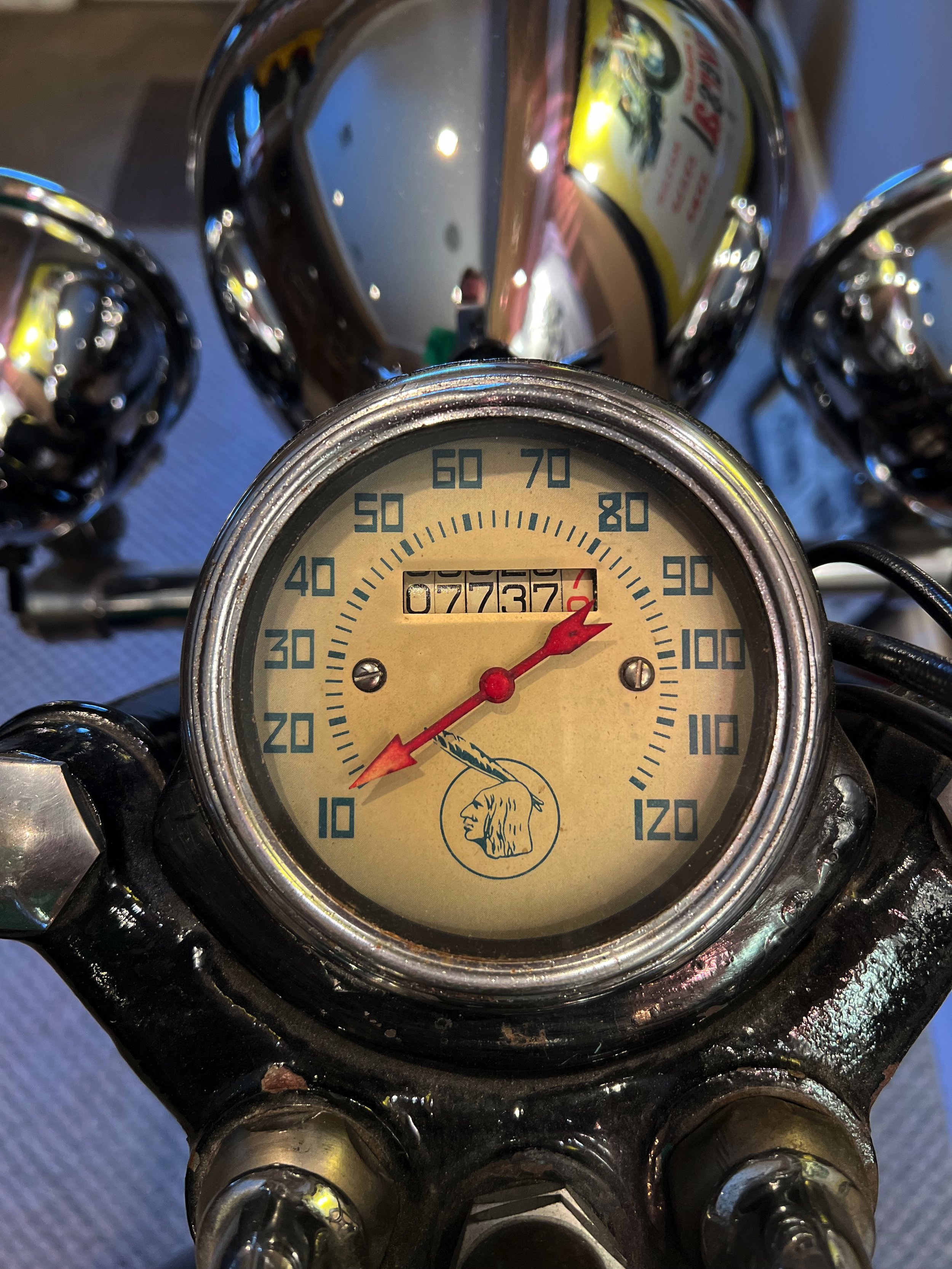
1949 Indian Super Scout
This is an overhead valve 4-stroke vertical twin with a displacement of 440 cc’s. In 1949, Indian Motorcycles was having a difficult time. The British invasion of cheaper, lighter, faster bikes like Triumph, BSA, and Norton’s were being brought back in droves by servicemen coming back from WWII. Indian introduced the new Dyna Torque Vertical Twin engine models that were lighter, smaller, and easier to ride and marketed them heavily but it was too little too late and Indian ceased motorcycle production a few years later in 1953.
This bike was featured in the “A Century of Indian ” exhibit at the American Motorcycle Association Hall of Fame in Ohio and also in the hardback book of the same name.

1956 BSA M21
Also called the M21 Plunger, due to the low torque of the side valve engine these were used heavily for sidecar use. This one is the larger displacement 596 cc version. It came with a rigid frame, girder forks, and a four-speed gearbox. These were ruggedly built bikes with large low-speed pulling power and many were used as dispatch rider’s mounts for the Allied forces in WW2.



1967 Triumph TR6R Tiger 650
In 1967, Triumph made two versions of the TR6 650. The TR6C Trophy had high side pipes on the left side and was geared for off-road use and the TR6R Tiger Roadster with low pipes on each side geared for street use. The Tiger was the same base engine as the Bonneville but had a single carb vs two for the Bonneville. It is an air-cooled overhead valve vertical twin with 649 cc displacement. This was the last year of the “ chrome parcel rack” on the gas tank for US models.






1977 Honda CB750
The Honda CB750 was launched in 1969. It was the first modern 4-cylinder machine from a mainstream manufacturer and featured a SOHC (single overhead cam) and front disc brakes which had not been available from anyone prior. Cycle Magazine dubbed it a “Superbike” which is where that name originated for state-of-the-art motorcycles. This started the Japanese motorcycle invasion and ended Britain’s reign. Japanese bikes still lead the world in motorcycle technology and performance. The CB750’s ran from 1969 to 1978. This one is a 1977 CB750K with only 5800 original miles.
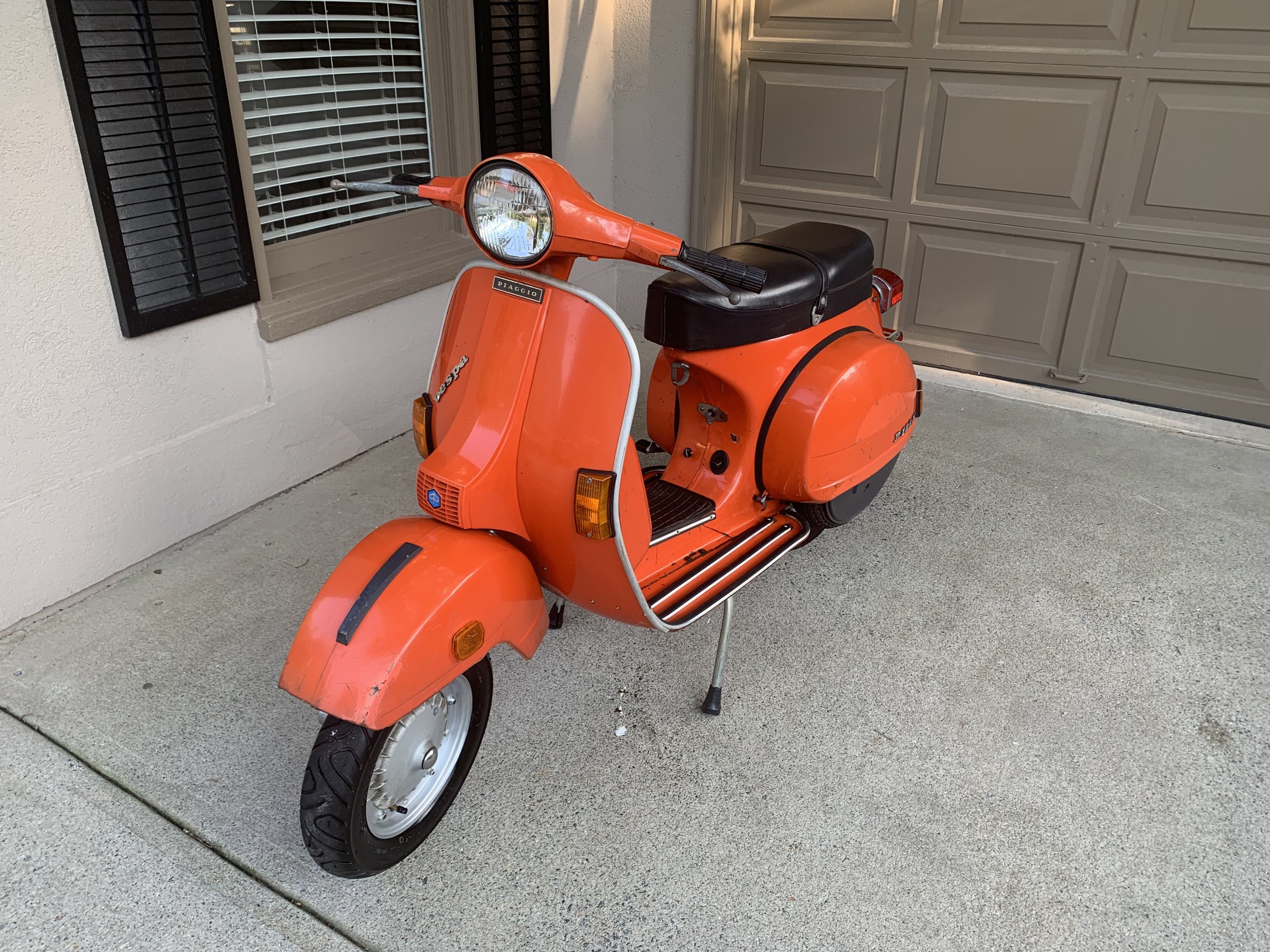
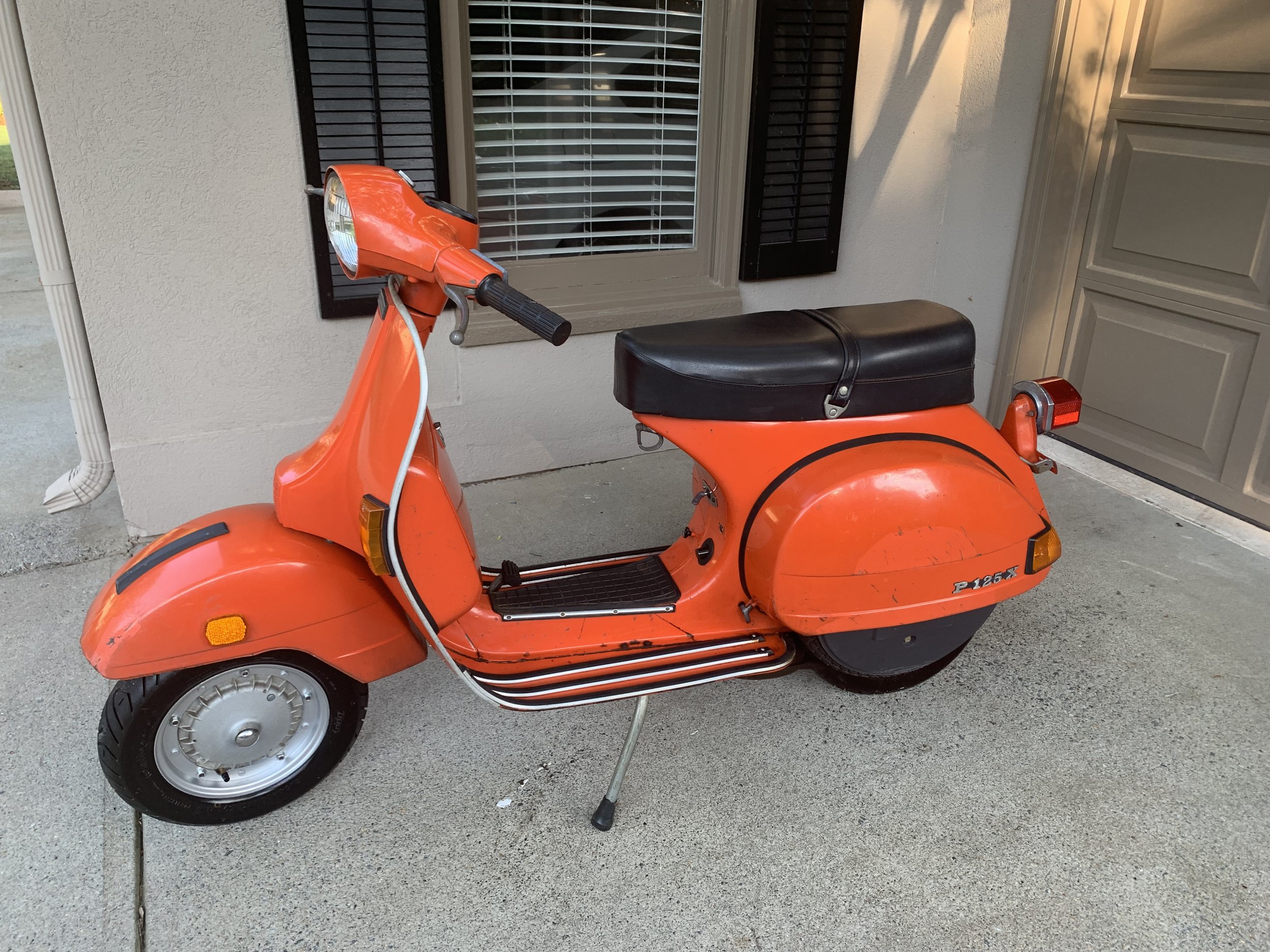


1979 Vespa Piaggio P200E
In 1946 Piaggio created a two-wheeled vehicle that didn’t feel like a motorcycle. The rear wheel was driven directly from the transmission eliminating the drive chain and the oil and dirt that came with it. He also designed an easy step-through frame, interchangeable front and rear wheels, running boards, a lockable glove box, and a front shroud that protected the rider from rain and dirt. Piaggio named the new scooter “Vespa” which is Italian for Wasp. Within 10 years, over one million Vespas had been produced.
This model is a P200E that included electronic fuel injection, a 198 cc single cylinder, two-stroke engine that put out 10 hp. It has a 4-speed manual transmission and a top speed of 68 mph.

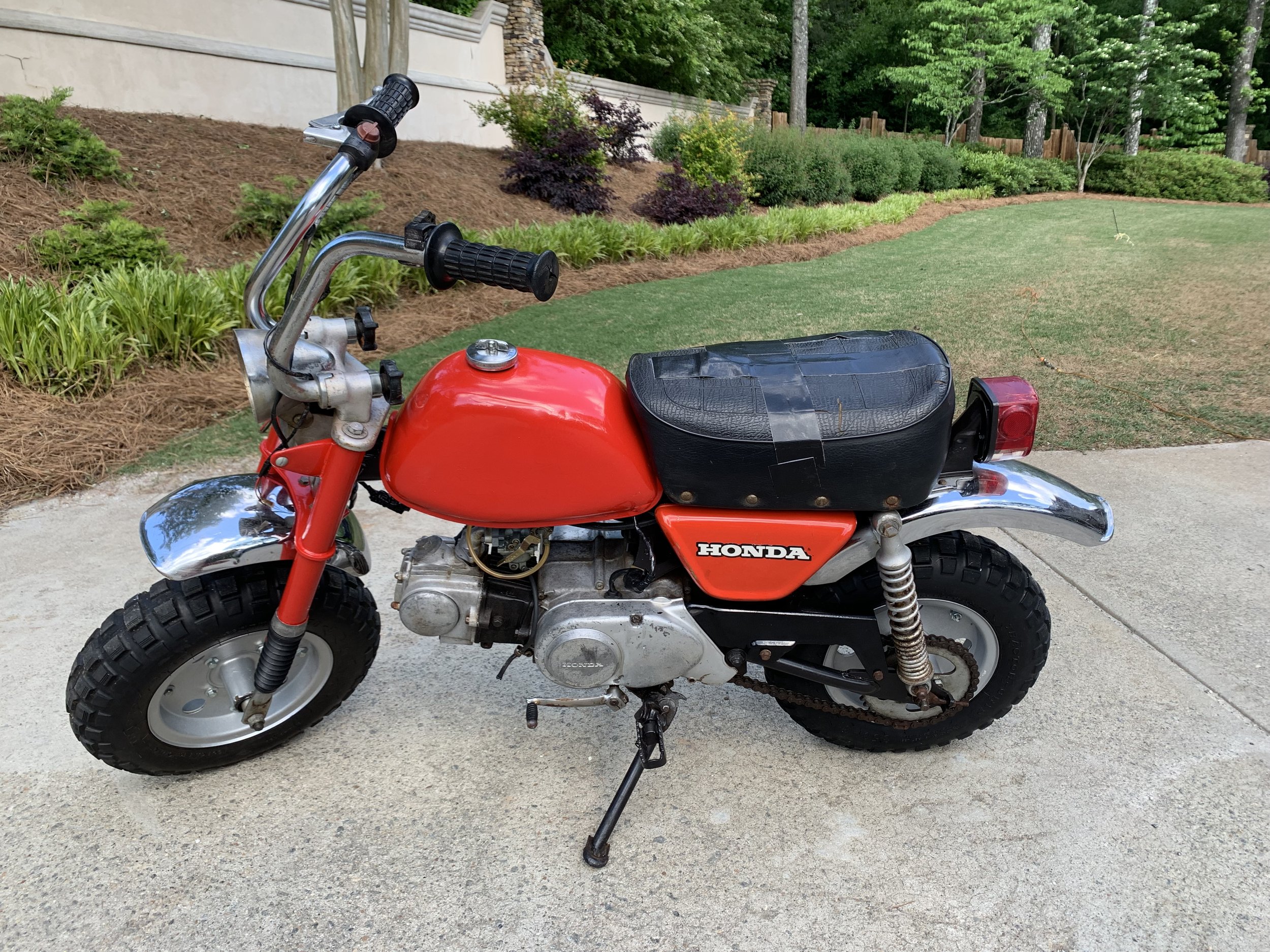
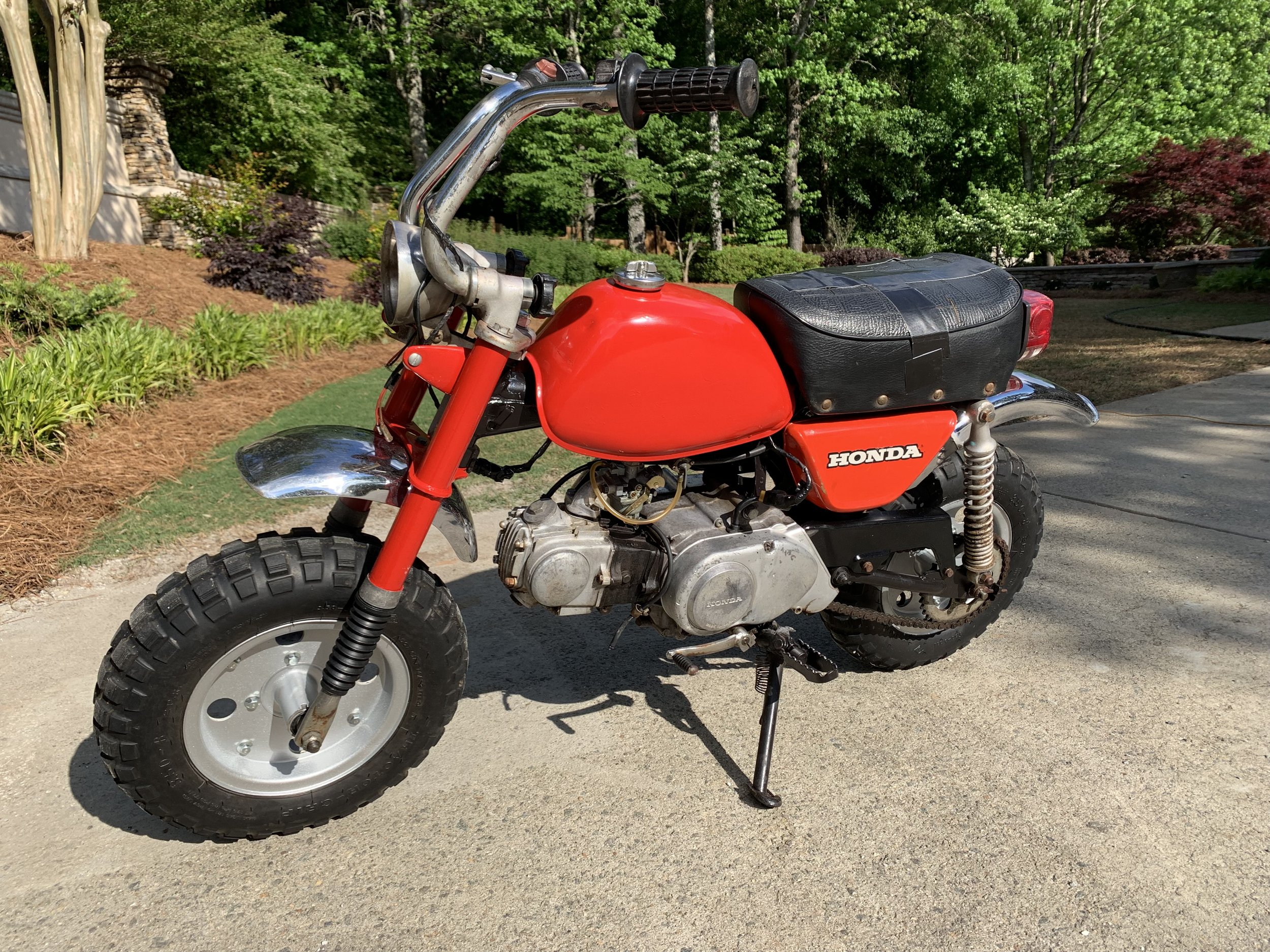
1973 Honda Z50A Mini Trail
Features a 49cc 4-stroke engine with a three-speed semi-automatic transmission. These bikes were very popular initially as a child’s intro to motorcycles with height adjustable seats, full suspension, and trail lighting. They also featured foldable handlebars so they could easily be put in a car or van and taken with the family. They are now highly collectible and often used as pit bikes at motor events.







